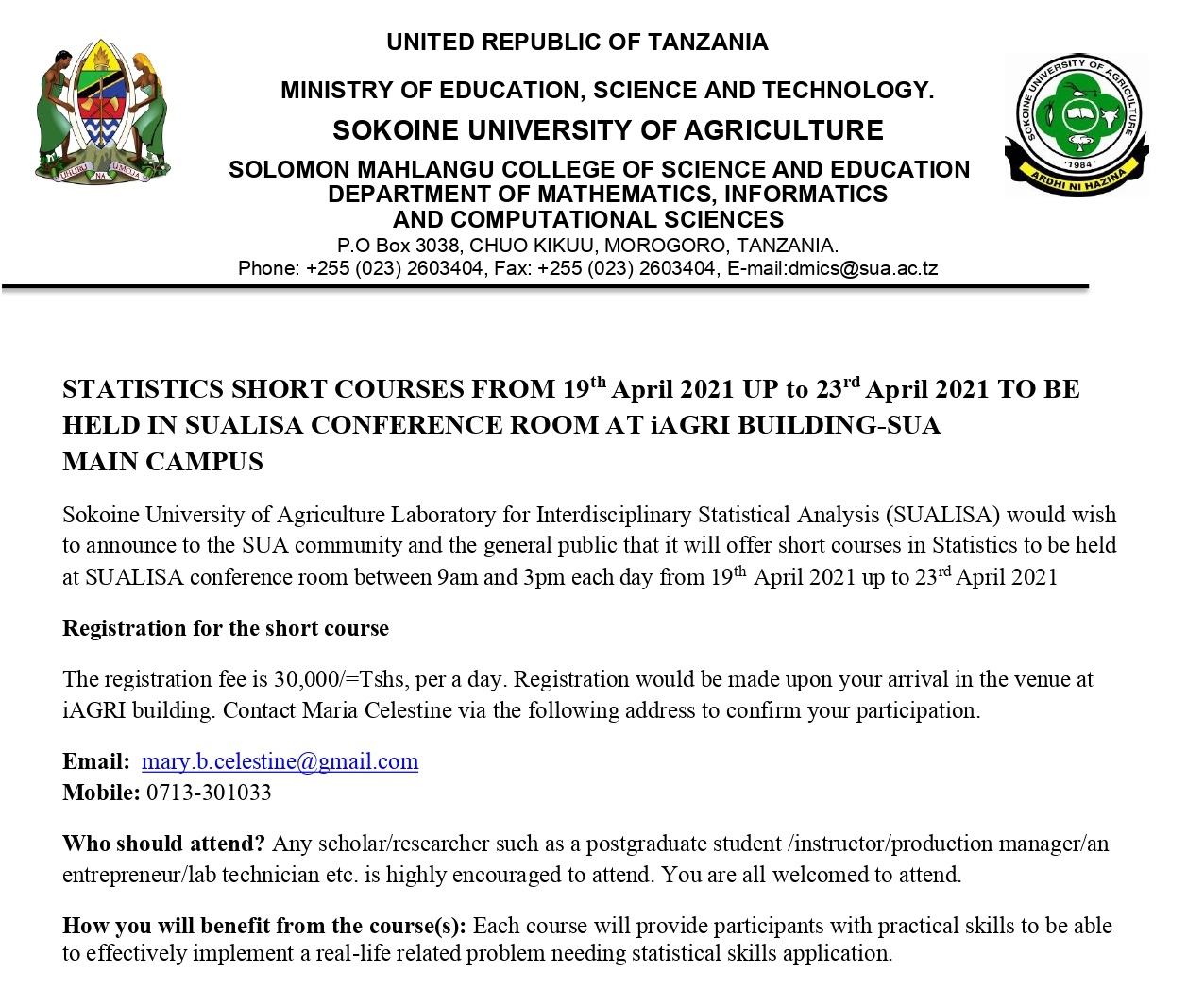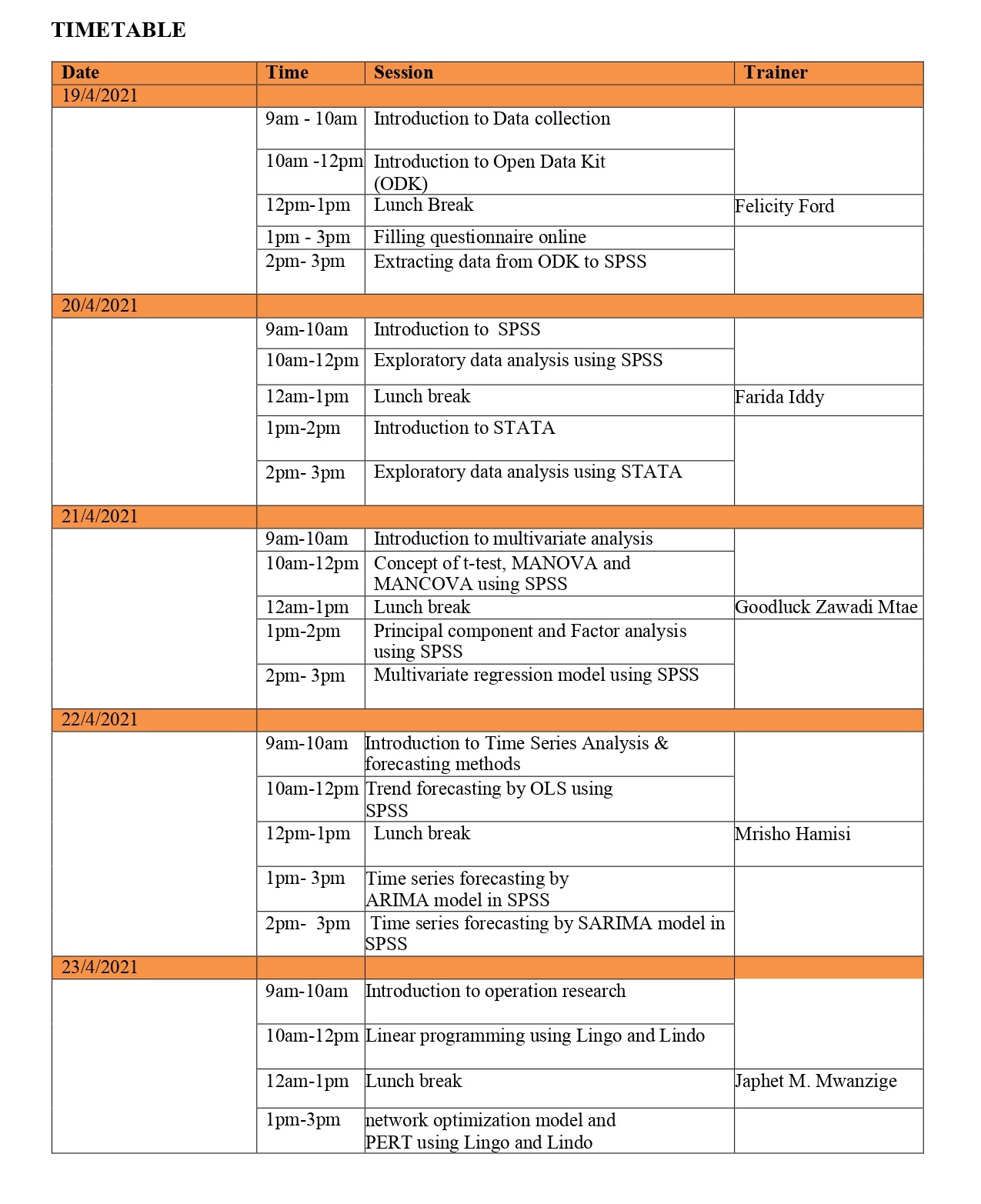- Home
- Students
- Staff
- ICT
- SUA-ESB FOR FIRST YEAR (2023/2024)
- SUASIS FOR CONTINUING STUDENTS
- application for suasis/edms/email login account
- ICT service request form
- software/hardware change request form
- SUA ICT policy, guideline and regulations
- EDMS
- Staff Mails
- e-Learning
- Anti-Plagiarism Checker
- SUAHIS (Internal Link)
- SUAHIS (External Link)
- Permit to travel abroad
- Apply
- Alumni
- HEET Project
Researchers at Sokoine University of Agriculture (SUA) have been advised to continue to ensure that they allocate funds for the dissemination of research results to reach the target audience and also to contribute to the formulation of national policies or to improve existing ones.
PhD PUBLIC DEFENCE: PETER ONAUPHOO SIYAO (15 April, 2021; 09:00 hrs)
Public Defence: PhD
Candidate: Peter Onauphoo Siyao
Peter Onauphoo Siyao (BA Hons & MA- LIS UDSM) is an Academic Librarian at Mzumbe University since 2006. He registered for PhD programme at the Sokoine University of Agriculture in the Department of Information and Records Studies of Sokoine National Agricultural Library in December 2015.
Thesis Title: Role of newspapers in the dissemination of climate change information in Tanzania
Supervisors:
- Prof. A. Sife
- Dr. W. Mtega
Date and Time: 15 April, 2021; 09:00 hrs
Venue: Postgraduate Seminar Room
Mode: Face-to face & Online
Read more details about the event and abstract at:
https://www.dprtc.sua.ac.tz/phd-public-defence-peter-onauphoo-siyao-15-april-2021-0900-hrs/
USEFUL INFORMATION
INFORMATION ABOUT
University Vision and Mission
Facts and Figures
Corporate Strategic Plan (2021 - 2026)
SUA Master Plan
University Contact Adress
International Students
RESEARCH PUBLICATIONS
Report Research Progress
SUA Institutional Repository
E-Books and Journal
Research Gate Profiles
Google Scholar Profiles

